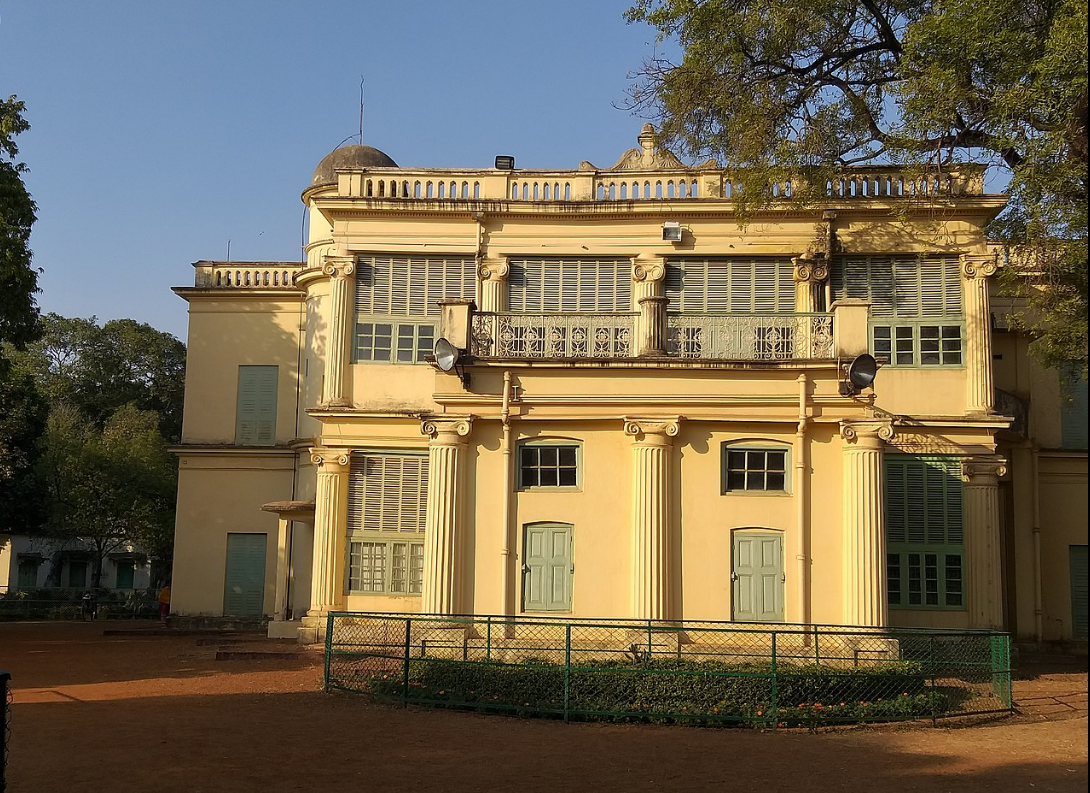
Bhubandanga was the original name of Santiniketan, which was derived from the village’s name. Rabindranath Tagore’s father, Maharshi Devendranath Tagore, a Bengali philosopher and polymath, built the town of Santiniketan.
Maharshi Devendranath Tagore was a supporter of the Brahmo Samaj, a Hindu reform organization that placed a strong emphasis on social change and education as well as the worship of a single supreme deity. In 1863, Maharshi Devendranath Tagore purchased a large piece of land in Bhubandanga, which he renamed Santiniketan, meaning “abode of peace.” He established an ashram, or spiritual retreat, on the land and started to teach his students about the principles of the Brahmo Samaj, as well as the importance of nature and simplicity. Bolpur was a small place in the mid-19th century, but it grew as Shantiniketan did. A portion of Bolpur was a part of the zamindari of the Sinha family of Raipur. Bhuban Mohan Sinha had developed a village in the Bolpur area called Bhubandanga, which was opposite Shantiniketan. Bhubandanga was known for a group of dacoits who were notorious for killing people. However, the leader of the group eventually surrendered to Debendranath and helped him develop the area. Debendranath built a 60-foot by 30-foot glass structure for Brahmo prayers, inspired by The Crystal Palace in London, under a chhatim tree where he used to meditate. The structure was a popular attraction. Rabindranath Tagore first visited Shantiniketan in 1878 when he was 17 years old. In 1888, Debendranath dedicated the property to establish a Brahmavidyalaya through a trust deed. In 1901, Rabindranath started a Brahmacharyaashrama, which became known as Patha Bhavana in 1925. In 1913, Rabindranath Tagore won the Nobel Prize in Literature. In 1921, Rabindranath Tagore founded Visva Bharati, which was declared a central university and institute of national importance in 1951. Rabindranath Tagore, who was born in Calcutta in 1861, was deeply influenced by his father’s teachings and spent much of his childhood at the ashram in Santiniketan.
Rabindranath Tagore established Shantiniketan in 1901 with the vision of creating an educational institution that would be in harmony with nature, allowing students to better understand the topics they were learning. He was
inspired by the peace and serenity of the location and aimed to create a place of learning that transcended religious and regional barriers. Shantiniketan was founded on the principles of the ancient Indian Gurukul system, where education was provided in a natural setting, fostering a strong connection between students and their environment.